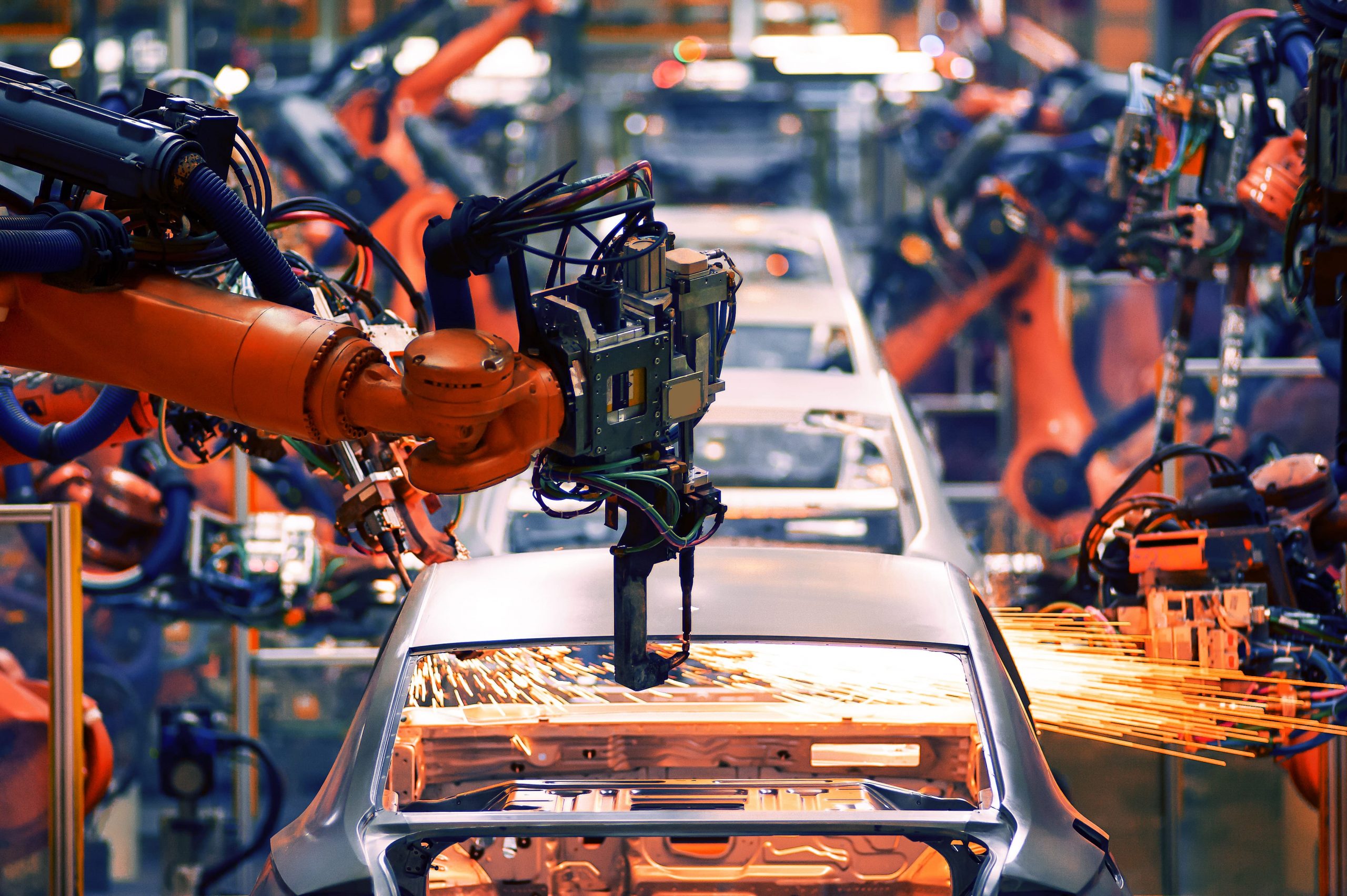With imports exceeding one million annually, Saudi Arabia’s automotive industry has solidified its position among the top 20 vehicle import markets worldwide and as the largest in the Arab World.
The enduring expansion of the Saudi automotive expansion is largely owed to the government’s commitment to advance automotive value chain production and boost local content amid a broader effort to revitalize manufacturing.
As it forges ahead to realize this vision, the country aims to produce 300,000 cars annually by 2030 and have 3–4 original equipment manufacturers (OEMs) producing over 400,000 passenger vehicles by the same year.
Key Highlights
- Saudi Arabia currently accounts for over half of the car sales across the GCC.
- By 2030, the county aims to produce 300,000 cars annually and has 3–4 original equipment manufacturers (OEMs) producing over 400,000 passenger vehicles.
- Ceer, the Saudi EV brand, is set to contribute $8 billion to Saudi Arabia’s GDP by 2034.
- The value of the Saudi automotive aftermarket equals $4.2 billion, representing 40% of the overall GCC aftermarket industry.
Driving Forces: What’s Fueling the Growth of Saudi Arabia’s Automotive Industry?
The rising rates of vehicle ownership rates is one of the key drivers of the industry’s growth, fueled by an uptick in the number of female drivers and an increased influx of expatriates, leading to over 600,000 new car sales annually. Currently, the Kingdom accounts for over half of the GCC region’s car sales.
Highlighting the solidity of local economic conditions and robust demand, over 3% of the sold vehicles in Saudi Arabia are luxury models, outpacing the global average of 2%.
Another reason why the automotive industry is crucial for economic growth is its direct and indirect impact on job creation. From manufacturing and assembly to dealerships and support services, the industry creates jobs across various skill levels, driving the growth of the nation’s labor market.
Set to contribute 12% of the country’s GDP by 2030, the automotive industry is integral to generating jobs, accelerating technological advancement, and building local skill capacities.
Initiatives like the National Automotive and Vehicles Academy (NAVA) and the Automotive Manufacturers Association (AMA) are specifically designed to nurture local capabilities, particularly in the emerging EV sector, accelerating overall sector development.
With the Saudi automotive industry growing at a rapid rate, so too will the demand for aftermarket products and services, including spare parts, accessories, and maintenance. The cumulative value of the Saudi automotive aftermarket is estimated at $4.2 billion, which accounts for about 40% of the overall GCC aftermarket industry.
It is expected to grow at a CAGR of 2.9% to reach over $5 billion by 2028, presenting opportunities for global companies seeking to make a dent in one of the world’s emerging industrial hubs.
The Rise of the Saudi Automotive Sector as a Springboard for Innovations
The changing consumer behavior towards convenience and adaptability, the increasing pace of innovation in the automotive sector, as well as the country’s greater shift towards clean energy, have collectively shaped the development of a strong local electric vehicle (EV).
This feeds into the country’s overall vision to speed up domestic production to have 30% of vehicles in Riyadh powered by electricity by 2030. The emphasis on shoring up local EV manufacturing capabilities comes in line with the Saudi Green Initiative’s strategic objective to reach carbon neutrality by 2060 in line with Vision 2030.
The Public Investment Fund (PIF) of Saudi Arabia has played a big role in growing the EV sector. It recently invested $1.5 billion in Lucid Motors, an American EV manufacturer. Using the funds, the company will ramp up its production capacity in Saudi Arabia and accelerate the rollout of electric SUVs. The latter has gained immense popularity among Saudi drivers, with SUVs currently said to represent 36% of the market, slightly below the global average of 45%.
Another pivotal player in the EV sector is Ceer, which is the Saudi EV brand and an original equipment manufacturer (OEM). Since its launch in 2022, it has significantly contributed to the growth of the emerging sector in Saudi Arabia, which is set to expand by 6% year-on-year until 2030.
Earlier this year, CEER announced the awarding of a SAR 5 billion ($1.3 billion) contract to build an electric car manufacturing complex in King Abdullah Economic City. Such a move is expected to provide a boost to local consumption and EV sales and position Saudi Arabia as a hub for the manufacture of EV components for global markets.
By 2034, Ceer is projected to directly contribute $8 billion to Saudi Arabia’s GDP, which demonstrates its economic prowess that ties into Saudi Arabia’s emphasis on developing local manufacturing capabilities and EV charging infrastructure.
As the automotive sector evolves, it fosters advancements in areas such as autonomous driving, which is set to witness rapid business activity with robotaxis and roboshuttles being introduced in the Saudi market in the foreseeable future.
The Kingdom’s interest in developing autonomous vehicle technology presents opportunities for global companies specializing in artificial intelligence, sensors, and software to collaborate with local partners.
Earlier in June, Ceer signed a SAR 8.2 billion ($2.2 billion) partnership deal with Hyundai Transys to supply electric vehicle drive systems (EDS) for Ceer vehicles.
This partnership is an example of how the Saudi automotive sector has become a driving force for technological innovation and infrastructure development and the Kingdom’s rise as a destination for global car manufacturers like Hyundai.
The latter just unveiled plans to establish a $500 million auto production facility in Saudi Arabia.
The automotive industry remains a catalyst for cross-border linkages and multiple engagements with key stakeholders across its value chain. The ever-growing industry puts the Kingdom on an accelerated path toward maximizing its industrial GDP by $377.06 billion by 2035, significantly increasing exports and localization rates and increasing the number of factories to 36,000 factories by the same year.
Book a consultation with one of AstroLabs’ expansion experts today to learn more about the leading opportunities in the Saudi automotive market and how to accelerate the business relocation process to the Kingdom.

